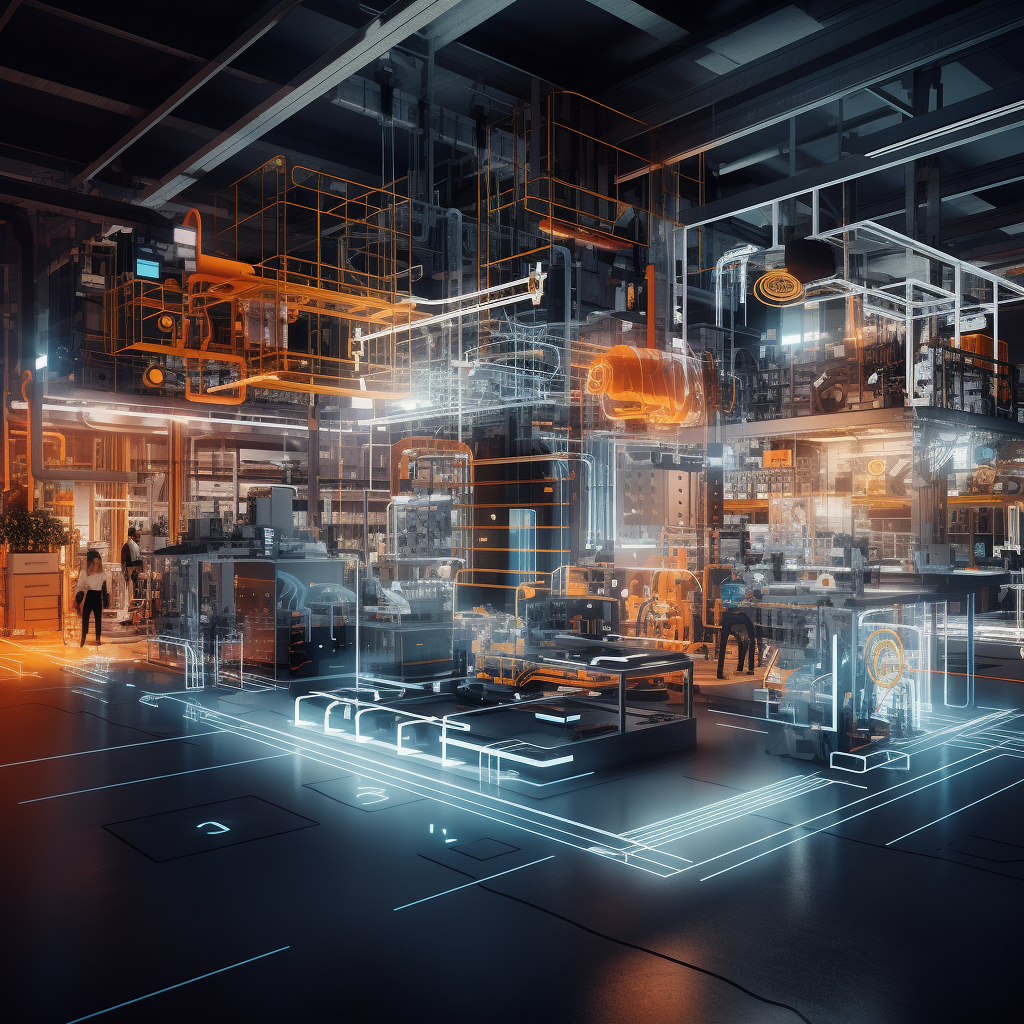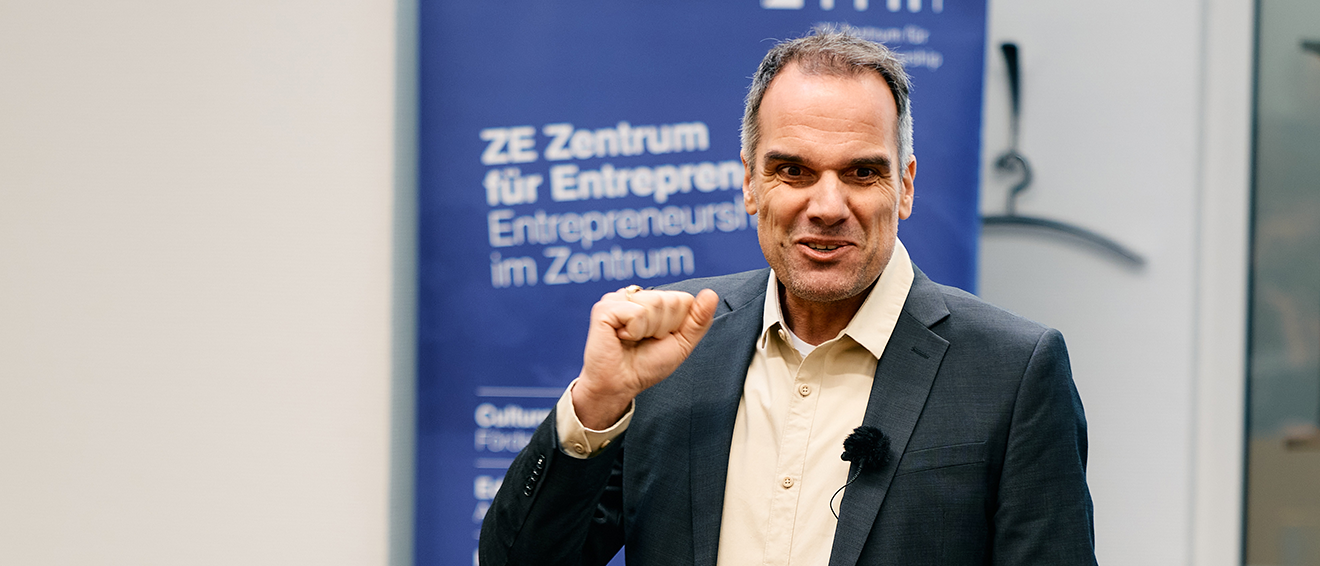During the last two weeks I attended several conferences to share and discuss the latest insights in the area of digital twins, manufacturing, simulation and visualization, and prototyping. Particularly, the buzzword „industrial metaverse“ summarizes quite well where we are currently. And – to be honest – there’s a lot to mention.
Fact is, that many manufacturing companies (automotive, construction, machinery, healthcare) already have digital twins (i.e., the representation of their real-world-data in digital form) in a more or less proper shape. But… what can we do with this data?
Simulation
Digital twins help to avoid high efforts in product development, and can be also used to optimize the assembly line. NVIDIA and Microsoft (https://www.nvidia.com/de-de/omniverse/digital-twins/siemens) showcase various real-life-industry applications and how they can improve both the shop floor and product development. Until the tiniest bit of information (e.g., how many screws do fit into that basket?), factories can be simulated BEFORE they are actually constructed. Visualized in photorealism with VR, you can walk and test your assembly line before it is actually built.
Quality and Machine Learning
For quality aspects, it’s highly important to have good training data. If you want to detect scratches on surfaces, ML needs to have good training data. Even worse, in automotive, car sensors detecting e.g. bicycle drivers, need to have training data. Bicyles at day, night, rain, in red, black, blue, with cloudy skies, etc. Many of such training data is nowadays generated by AI, as no one on earth could recruit so many different bicycle drivers in different conditions. By doing this, millions of training-records can be produced to train the actual cameras and sensors in our cars. Another big advantage: when you generate training data, you can also generate accurate annotations and meta data for it – a task that would have to be done (or at least supervised) by humans otherwise. To validate the generated training data, RAG (Retrieval Augmented Generation) is employed to check the generated image’s content against real-world physics and shapes.
Visualization
Many vendors us AR/VR to visualize industrial content. In the area of service, 3D-BOMs are highly important and can be collaboratively rendered (see http://www.threedy.com). In the assembly line, AR can be used to highlight certain manufacturing steps and guide the engineers through their tasks. Product vendors, like e.g. PTC focus on various topics (https://www.ptc.com/en/blogs/corporate/what-is-industrial-metaverse) and such solutions are already production ready and in place. In the area of construction, simulations of the final product help to improve the quality and decreas the time-to-market.
Infrastructure
Of course, in a connected world, seamless and fast access to any information is required. Being it sensor data from machines transferred back to the factory, or service information at a customer, it is important to have fast, reliable, scalable bandwith. It was amazing to see, what e.g. Nokia is delivering here (https://www.nokia.com/metaverse/six-metaverse-use-cases-for-businesses/). One slogan that hit me was “6G on the moon”, not meant as a joke. Our industrial applications need to be connected wherever they are and if mankind starts placing industry components to the moon or even to other planets, connectivity is an enormous challenge – but: there are already solutions in place, which was quite amazing.
Data and Standards
This is a topic, where we are just at the beginning. Currently, many vendors use their own formats, quasi-standards, and ontologies to describe the semantics of their 3d models. However, based on the Open-USD (Universal Scene Description) format, an alliance of the big players (Autodesk, Apple, NVIDIA, Pixar, Adobe, https://aousd.org) has been founded to collaborate on industry solutions.
Regulations and Protection
Finally, also the governments (e.g., Germany: https://www.plattform-i40.de/IP/Redaktion/DE/Downloads/Publikation/Industrial_Metaverse.pdf?__blob=publicationFile&v=2) and the European Union (particularly, the AR/VR Coalition) provide and prepare a set of legal requirements and suggestions about how to deal with data and services in the area of Industrial applications. It is important to understand the boundaries and to check, what can be used without security constraints. Companies already train their models on verified and copyright safe data to ensure that investments in such solutions do not harm current and upcoming regulations.
Summarizing this…. there’s a lot in place and I was thrilled to discuss this with such a lot of smart people and companies laying the foundation to – what will be – Industry 5.0 (or even 6.0), where digital twins, smart factories, and augmented processes are a part of every factory. It’s going to be a similar leap as the employment of assembly lines, or even the steam machine.
But…. projects in the Industrial Metaverse require an innovative management, a clear vision, well-skilled technology partners, and well educated people using and deploying such a vision.





